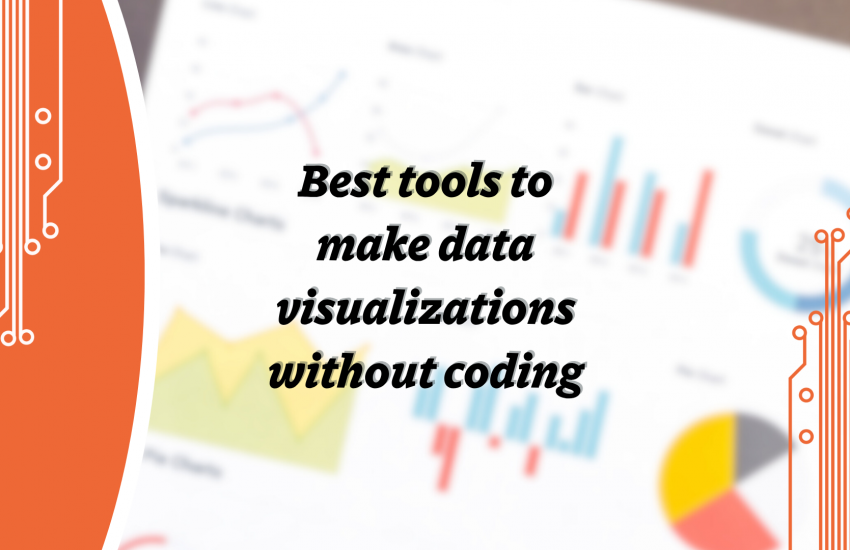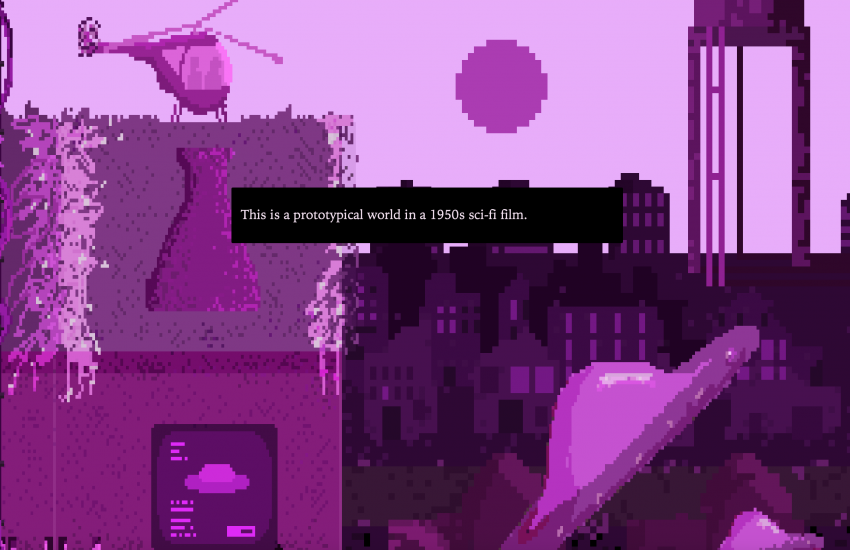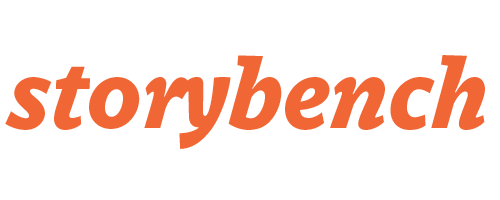How Gabby Aidam is Using Animation to Bring Local TV News to Life
To better understand what digital consumers want from local news online, Northeastern University’s Reinventing Local TV News Project (RLTVN) explores how TV stations can share stories that connect with younger audiences on digital platforms.
Gabby Aidam, a recent Northeastern graduate in Game Art and Animation, was a RLTVN fellow, collaborating with all three other fellows embedded in WCVB Boston, WCBS New York, and WLS Chicago to produce content specifically for digital audiences. Her work has been viewed by thousands of people through their combined efforts.
We sat down with Aidam to learn more about her process, some of her favorite pieces, and what she learned from her time working with the RLTVN fellows.
This interview has been edited for clarity and length.
What kind of stories have you been working with the fellows to produce?
We’re focusing on underreported stories that don’t always get that high shock value that TV might look for but are still important topics to cover. Social and digital platforms open space for more in-depth, niche, and different stories.
I’m able to make pieces feel livelier and younger. Because it’s not just straight video, it adds a little pizzazz, a pop of color where there normally wouldn’t be. It definitely stands out from what WCVB Boston, WLS Chicago, or WCBS New York usually put out.
What are you thinking about when making animations for these stories?
The number one thing I consider is design and whether I can clearly communicate what the video is trying to say.
I try to make it more fun and visually appealing. For example, if I’m working on a piece about the public library, I might make the graphics look like a library card or lined paper – taking inspiration from real world objects rather than just following design trends.
What power do visuals have in storytelling?
I’m a very visual person. When I visualize a topic, it helps me break it down and explain it to others in a way that is more digestible, especially when the story involves a lot of abstract facts and figures.
Animation and illustrations fill the gap when you do not have a video to pair with it. They help show scale, context, and meaning. My goal is to always try to keep things clear and concise so the most important facts and figures are able to stand out.
Are there any stories you worked on that stand out?
I worked on a soccer mini-documentary with Boston fellow Leanna Scachetti that stands out because it had a longer animated sequence. I got to experiment and use animation throughout the piece.
We also did a group project where all three stations worked on the same story, comparing a budget of $40 a day in each city. That was fun because I got to actually appear in the story for a little bit. It’s rewarding to see all the different sides of what people did and accomplished.
How can newsrooms update to reach younger audiences on digital platforms?
They need to increase media literacy around social media platforms within the newsrooms – I remember Leanna was talking about a mini-session she had to try to help people post more videos on TikTok, that they can’t just upload the horizontal video and call it a day.
Simple training like that helps producers, especially producers from older generations. It helps them understand what younger audiences want and how to adequately adapt content for digital platforms.
- How Gabby Aidam is Using Animation to Bring Local TV News to Life - November 20, 2025





